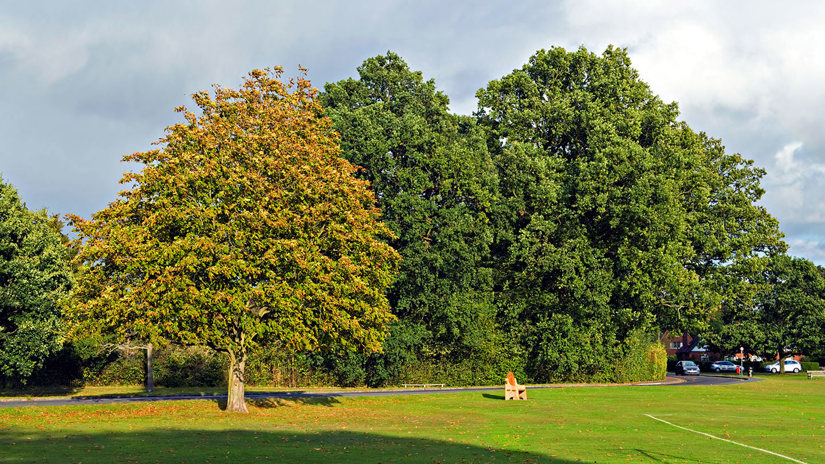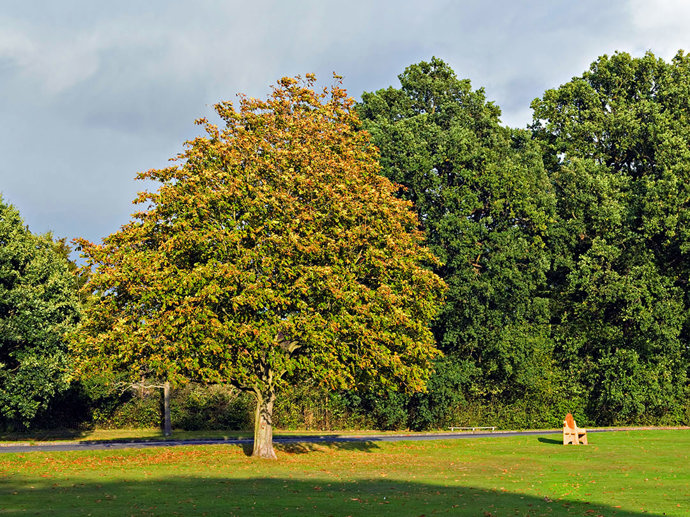Common name: bronze birch borer
Scientific name: Agrilus anxius
What does it affect?: birches (Betulaceae)
Areas affected so far: not present in the UK
Origin: North America
A tree pest which could have a huge impact on our native birches, the bronze birch borer is native to North America and a serious threat to our trees.
Common name: bronze birch borer
Scientific name: Agrilus anxius
What does it affect?: birches (Betulaceae)
Areas affected so far: not present in the UK
Origin: North America
Symptoms include:
Adult birch borer beetles are also known as jewel beetles because of their metallic bronze colour and they’re between 7-12mm in length. They live for 23 days as adults and are strong fliers, this means they can spread quickly.
In its larval stage, the beetle creates galleries as it feeds on the wood which affects the tree’s ability to take on water and nutrients. The life cycle of the beetle depends on location but it has been estimated that in the UK it would take two years.
The bronze birch borer has not been found in the UK. In its native range of North America, the beetle is not a problem under normal conditions, but if it was to arrive in the UK European birch trees are much more susceptible as they have not evolved with the pest. European species planted in North America have already been affected by it.
The bronze birch borer could be devastating to our native birches. That’s why birch trees can only be imported to the UK from countries free of bronze birch borer. It’s illegal to import live trees from the USA or Canada.
Birch wood imported from North America must be de-barked and have 2.5cm of sapwood removed.
To combat the spread of pests and diseases like the bronze birch borer we have:


We are fighting back against pests and diseases. Find out what we're doing to prevent the spread and protect the UK’s trees.